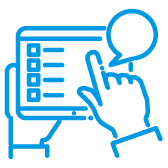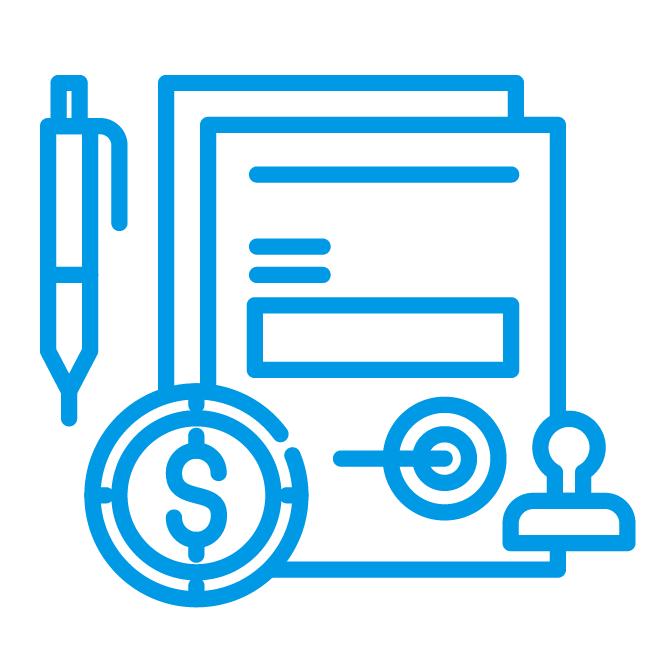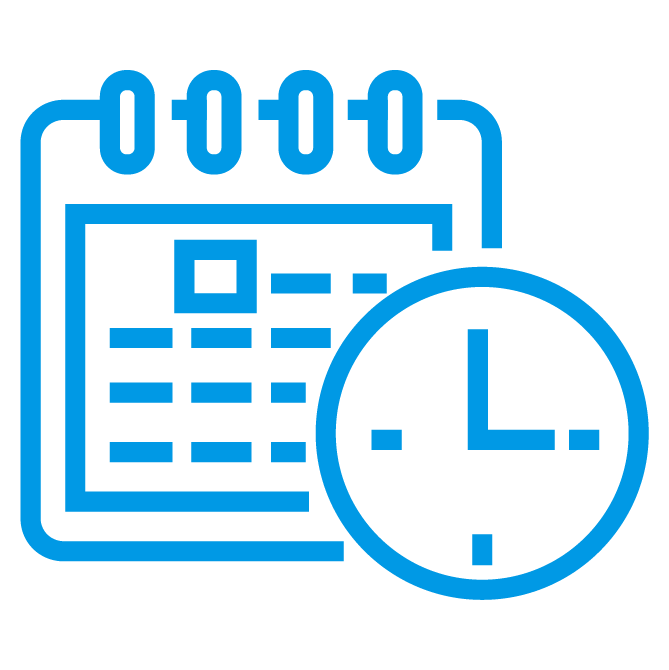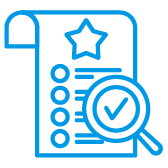Dealers play a crucial role in selling, distributing, and servicing a company’s products. Depending on the industry, dealers can have varied responsibilities, from handling direct sales to providing maintenance and customer support.
The goal of dealer training is to ensure that dealers are fully equipped to sell, service and support your company’s products. The ultimate destination? To align dealers with the company’s standards, goals, and best practices, enabling them to perform their roles optimally and contribute to mutual success.
But how does an organization turn this potential into reality? Let’s explore the steps of this journey, from defining the purpose to overcoming challenges and finally reaching the goals.
A successful journey starts with knowing where you want to go. This means beginning with the end in mind. You must first ask yourself: Why are we training dealers?
The journey will be challenging, with numerous internal stakeholders to satisfy and a variety of dealers to engage. The road will be filled with obstacles, but a clear sense of purpose—the “Why”—will serve as your compass, guiding you through.
Discover your “Why” in the benefits that dealer training can offer. With a wide range of diverse options available, the benefits you chose to pursue will define your destination and shape the ultimate goals of your dealer training program.

Dealer training equips sales staff with product knowledge, sales techniques, and customer engagement strategies, enabling them to sell more effectively. Trained dealers can better understand customer needs, present products persuasively, and close sales efficiently, leading to increased sales and revenue for both the dealer and the manufacturer.

Dealer training helps maintain a consistent brand image across all dealer locations. By ensuring that all dealers adhere to the manufacturer’s guidelines and standards, training promotes uniformity in customer interactions, product presentations, and service delivery, strengthening brand recognition and loyalty.

Training programs that include certifications, recognition, and incentives boost dealer motivation and engagement. Dealers who feel supported and valued are more likely to be committed to the brand and strive for excellence in their roles, fostering a positive working relationship with the manufacturer.

Training dealers on proper installation, maintenance, and repair techniques can significantly reduce errors and the need for repeat repairs. This not only lowers warranty claims and service costs but also enhances the reliability of products and customer satisfaction.

When dealers are promptly trained on new products or updates, they can bring these offerings to market faster. This agility ensures that new products are quickly available to customers, helping the manufacturer stay competitive and capture market share.

Training on operational processes, tools, and systems helps dealers manage their operations more effectively. By streamlining workflows, reducing errors, and improving inventory management, dealers can operate more efficiently, reducing costs and increasing profitability.

A structured dealer training program is essential for scaling operations and expanding into new markets. By providing consistent training, manufacturers can ensure that all dealers, regardless of location, are well-prepared to represent the brand, sell products, and service customers effectively.

Well-trained dealers are better equipped to provide excellent customer service, handle inquiries, resolve issues, and create positive experiences for customers. Satisfied customers are more likely to return and recommend the dealer, leading to increased customer loyalty and positive word-of-mouth referrals.

Dealer training includes education on relevant legal and regulatory requirements, ensuring that all dealers operate within the law. Compliance with industry standards, safety regulations, and ethical practices helps prevent legal issues, fines, and damage to the brand’s reputation.

Ongoing training ensures that dealers stay up-to-date with industry trends, new technologies, and market changes. This adaptability enables dealers to respond quickly to customer demands, competitive pressures, and evolving market conditions, maintaining a strong market position.
With the destination clearly defined, the next step is to choose your travel companions wisely. Who will join you on this journey? In the context of dealer training, the answer lies in identifying the roles within a dealership who need to be trained. These dealer staff are your companions on this strategic expedition, and each one plays a vital role in ensuring success.
Now that you’ve chosen your travel companions, it’s time to pack for the trip. But what do your dealers need to bring along? In this journey, packing means equipping your dealers with the knowledge and skills they need to succeed.
Each type of dealer learner requires specific knowledge and skills to contribute effectively to the company’s goals, just as each traveler needs the right gear for the journey ahead.
Every journey is fraught with challenges. Understanding the challenges of dealer training is essential to successfully navigating the dealer training journey.
The final step in preparing for the journey is to chart the course—planning how to realize the benefits of dealer training. This involves creating a roadmap that integrates the extended enterprise training best practices to guide your efforts.
As you create your dealer training roadmap, determine which stage of dealer training will deliver the benefits you seek and identify the best practices within that stage—and any preceding ones—that are needed to overcome the challenges your program faces.
With the roadmap in hand and the journey well underway, the final stage is reaching the destination—realizing the benefits of dealer training. At this point, the organization, like a seasoned traveler, emerges stronger, with empowered dealers who are aligned with its strategic goals.
So, pack your bags, gather your companions, and set out on the journey of dealer training—a journey that promises to be as rewarding as the destination itself.

See for yourself what makes LatitudeLearning stand out. Free 30-day trial includes: